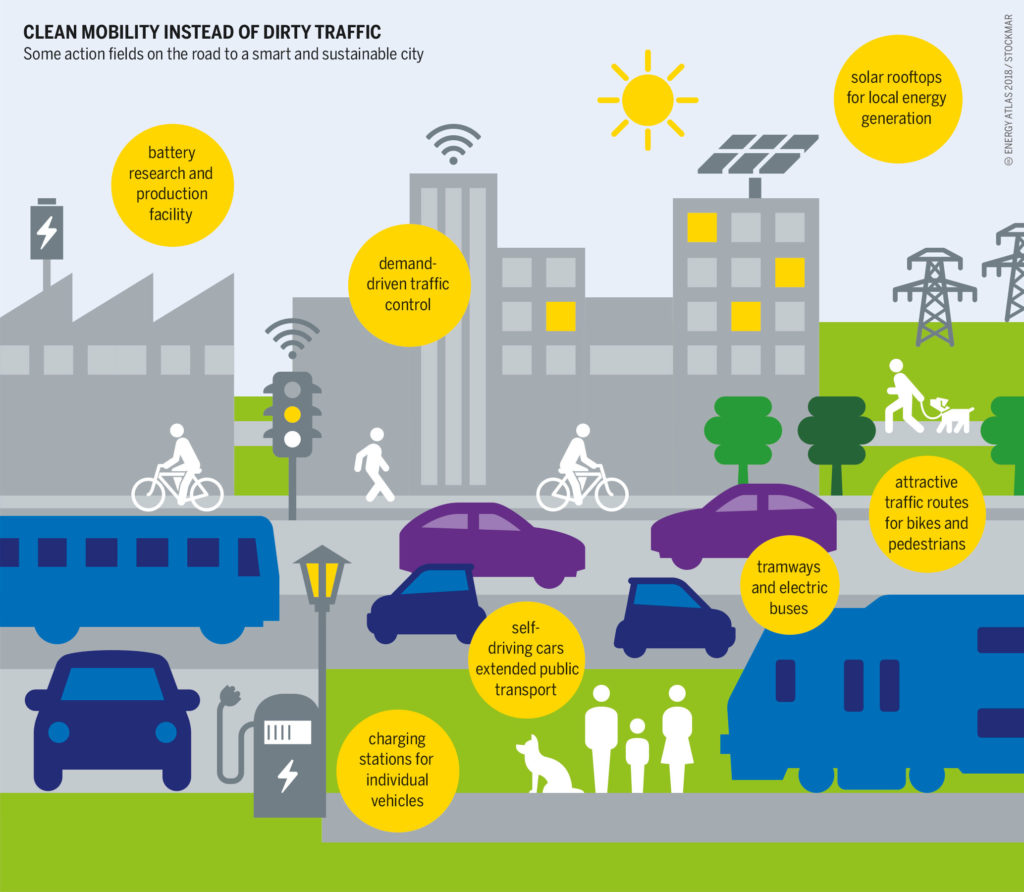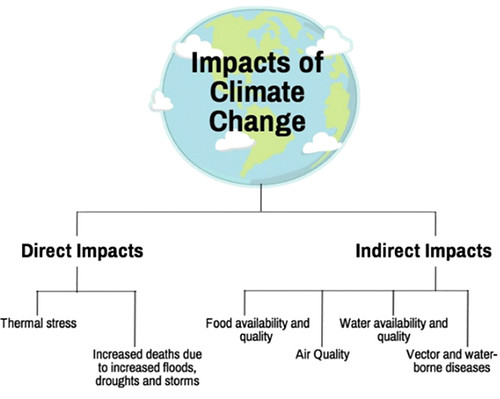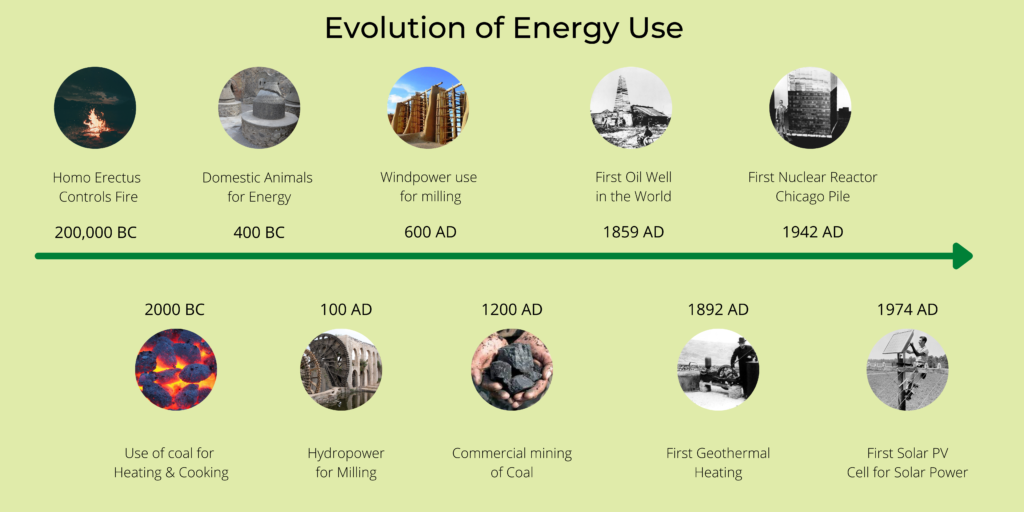The world population is currently at 7.9 Billion in spite of a global pandemic and significant global instability that has rocked the world in the last 20 months. There is still a steady rise in global population as was projected towards the middle of the previous decade. This year itself the population of the world has grown by 66 million.
The top 10 countries that has seen the highest growth in its demography are:
- Syria (5.32%)
- South Sudan (5.05%)
- Burundi (3.68%)
- Niger (3.65%)
- Angola (3.38%)
- Benin (3.36%)
- Uganda (3.31%)
- DRC (3.16%)
- Chad (2.97%)
- Mali (2.93%)
Clearly, the trend indicates the geographies with the highest demographic growth rate are the countries most susceptible to climate change.
Now, the first key question is – How does this demographical change impact the densities of the cities?
The megacities of the world have also seen a seismic shift since the last few decades. As this shift continues to propagate, African cities such as Kinshasa, Lagos, and Luanda will become major urban centers instead of New York, Paris, or Berlin. As these megacities arrive into the scene, we will also see a significant part of the population moving into dense neighborhoods made primarily of apartments. These cities will be producing a significant amount of pollution such as CO2 and other emissions. Trash and human waste will be other pollutants which will make these cities potential disaster zones.
All this means that governments, policy makers and entrepreneurs will need to start planning for the future, to avoid a demographically inspired environmental rout. Urban planning will need to be tailored individually to the cities taking into account their unique cultural, geographical, and climatic conditions. However, this customization cannot be completely unique. A mass customization model that was previously seen in the world of fast fashion may need to be adapted to determine the policies that will govern urban centers.
During the pandemic, we have already seen a significant rise in shared micro-mobility services in many western cities. There are e-scooters scattered around along with bicycles, mini-mopeds and cars that can be rented by the minute. During the pandemic people avoided shared spaces such as metros and busses, and preferred options which gave them mobility without having to invest heavily on individual transportation. Also due to the work from home policies that were adopted in numerous cities, the utilization of roads by personal transports such as cars fell. As a result civic authorities have started to convert these into open spaces that can be used by pedestrians and micro-mobility solutions. Roads have been converted into green spaces and bike superhighways.
Another important transformation is the Digitization of infrastructure. Technological adaptations mean that real time monitoring of occupancy and projection of utilization is now possible of the mass transit modes such as busses and trains. This will allow for better scheduling and asset allocation.
But how is this going to evolve in the future, to enable mass mobility in the urban centers that do not have a developed infrastructure? Different countries are at different speed of transition towards a sustainable mass mobility. However one this is for certain, Shared mobility will be the future. The key areas of consideration will be:
Sustainable Propulsion
The transportation of the future has to be powered by a sustainable energy matrix to ensure that the global CO2 objectives will be met. This means that mobility of the future will either be powered by Electricity, Green Hydrogen, or Synthetic biofuels or biogas. In the case of Biofuels or Biogas, internal combustion engines can still be used with minimal conversion. This would have the least affordability Impact, as the least amount of changes will be required from an engineering standpoint. However, producing biofuels or biogas from renewable sources will have an impact freshwater availability if the raw feed for these fuels are grown in farms. However, if the synthetic biofuels are derived from Algae, algae harvesting can be done from brackish water and seawater based algae farms.
Autonomy
Mass mobility will require autonomy of the transit systems. Currently the e-scooters and e-bicycles are not autonomous units. This would mean that their utilization rate and health depends on the ability of the rider. However, for mass mobility systems, the user should not operate the vehicle. The organizations that are making strides in automation will be the winners of tomorrow as far as mass mobility is concerned.
Safety
Safety is going to be an integral part of the equation. An autonomous vehicle that transits different users will need to be reliable, dependable and safe. An autonomous vehicle needs to be safe for the user, as well as for the other people and assets sharing its environment. This would mean that mobility systems will be considered an utility, and will need to meet a safety criteria that is usually reserved for electrical, gas and water service providers.
Integrated Mobility Systems
Mobility systems of the future will have to function as a system. They will need to provide an integrated service whose mandate will be to enable a person to reach from Point A to Point B. The system will therefore need to integrate the different routes and modes that will traverse them. This will be achieved by Digitization and connectivity.
Affordability
Given that the future economic paradigm is still opaque, affordability of the future mobility systems will determine how easily they will be adopted by the new urban centers, which belong to current under developed economies.
In Conclusion, we are currently sitting in an inflection point for the transportation at large, and mass mobility in particular. The winners are still to be determined. The weapons of choice still to be identified. We now need to make investment decisions that can give us a head-start towards a cleaner future, or take us back to an inequitable future.
The choices is ours.



